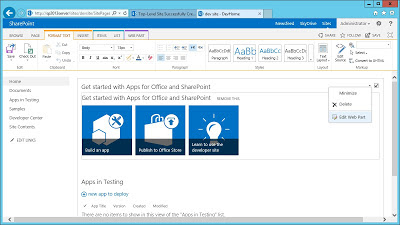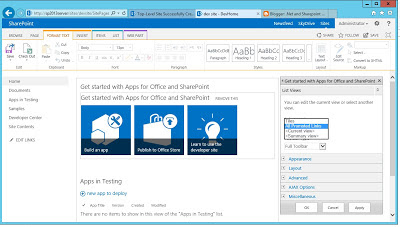I am an OO developer, but sometime i need to lend a hand to help out the development in VBScript or VB.
Though VBScript is an aging language for me. I still need to pick it up and use it in the
development.
the Error Logger will give you great help in the development and production since the user will come up to you and say the application is not working or not properly working. you will first go to the error log folder and check if anything had been logged to the file.
the following a very simple one that i created in VB to allow user log the error when it is
being raised in the function.
// the constant for read write, append properties for file Open
Const ForReading = 1
Const ForWriting = 2
Const ForAppending = 8
//function to handle logging the error to file. the parameter
FunctionName is the source
// causing the issue. the second paramenter
Error is like Exception in C# stored all the information
//related to the error.
function LogErrorToFile(FunctionName,Error)
Dim fso, tf,logFilePath
logFilePath="C:\ErrorLogFolder\MyErrorFileName"& FormattedCurrentDate&".Log"
Set fso = CreateObject("Scripting.FileSystemObject")
if fso.FileExists(logFilePath) Then
Set tf = fso.OpenTextFile(logFilePath, ForAppending, TRUE)
else
Set tf = fso.CreateTextFile(logFilePath, True)
end if
tf.WriteLine("************************************************" & Now() & "********************************************************")
tf.WriteLine("Function: " & FunctionName )
tf.WriteLine("Error Numnber: " & CStr(Err.Number))
tf.WriteLine("Source: " & Err.Source)
tf.WriteLine("Detail Error Message:" & Err.Description)
tf.WriteLine("****************************************************************************************************************************")
tf.WriteBlankLines(1)
tf.Close
Set fso =nothing
End function
//helper function to format to the current date to
//yyyy_MM_dd
Function FormattedCurrentDate
currentDate = CDate(Date)
currentDay = DatePart("d", currentDate )
currentMonth = DatePart("m", currentDate )
currentYear = DatePart("yyyy", currentDate )
If currentDay < 10 Then
currentDay = "0" & currentDay
End If
If currentMonth < 10 Then
currentMonth = "0" & currentMonth
End If
FormattedCurrentDate= currentYear & "_" & currentMonth onth & "_" & currentDay
End Function
the example to see you how to use the Error Logger inside the function
function MyFunction
on Error Resume Next
// your logic here
if Err.Number <> 0 then
LogErrorToFile "MyFunction",Err
end if
end function








